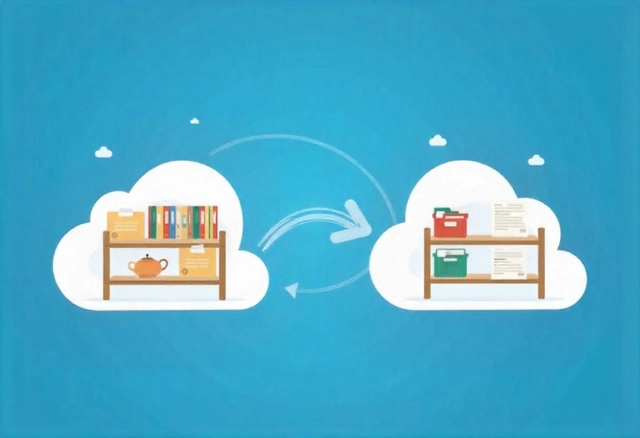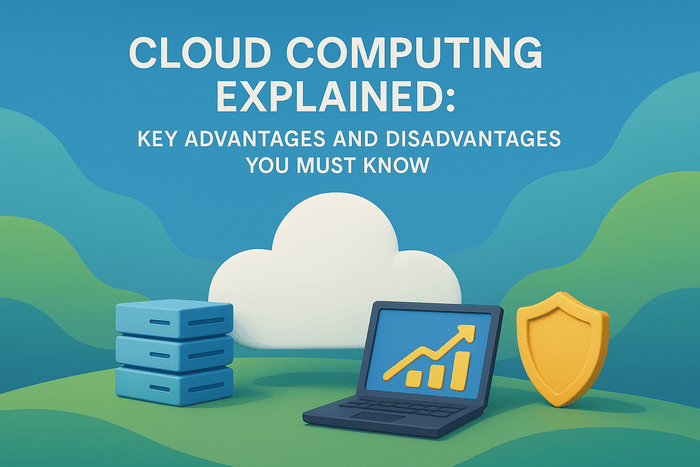The database of any application is the brain of the application. It is practically what determines how the application works and the behaviour based on different user data. Ensuring the database works as it should is crucial to every product. Databases are made up of different aspects. In this article I shall be talking about database types of migration and its importance to the availability and smooth running of the application.
What is Database Migration
Database migration involves transferring data between storage types, formats, or systems, aiming to enhance performance, scalability, or adapt to evolving application requirements. A critical factor in planning a migration is understanding the distinctions between various database architectures, primarily Relational Database Management Systems (RDBMS) and NoSQL databases.
Relational Database Management Systems (RDBMS):
RDBMS are traditional databases that organize data into structured tables composed of rows and columns. This tabular format enforces a strict schema, ensuring data integrity and supporting complex queries through Structured Query Language (SQL). RDBMS are well-suited for applications requiring transactional consistency and complex querying capabilities. However, they may face challenges in scaling horizontally and handling unstructured data.
NoSQL Databases:
NoSQL, standing for “Not Only SQL,” encompasses a variety of database systems designed to handle unstructured or semi-structured data. These databases offer flexible schemas, allowing for the storage of diverse data types without a predefined structure. NoSQL databases are optimized for horizontal scaling, making them suitable for applications that demand high availability and the ability to manage large volumes of distributed data across multiple servers. They are particularly effective in scenarios where rapid development and iteration are essential, and where data relationships are not complex.
There are two major methods of migrating database
- Dump method
- Real-time / Replication.
Dump method
This method is similar to the lift-and-shift method of application migration. It involves making a copy of the existing or source database and writing it “once” to the destination database data, hence the term “dump method”. It is the easiest and fastest method of migrating a database as it does not require so much expertise and understanding. What is needed here is the knowledge of the backup and restore command of the database technology, and fingers-crossed, everything should work perfectly. The major disadvantage of this method of migrating a database is that it is not suitable for applications running in production.
Process Overview:
- Data Export: Utilize the database’s native backup or export tools to generate a comprehensive dump file of the source database.
- Data Transfer: Move the dump file to the environment hosting the destination database.
- Data Import: Use the destination database’s restore or import functionality to load the dump file, reconstructing the original database structure and data.
Advantages of the Dump Method:
- Simplicity: The process is user-friendly, requiring basic knowledge of the database’s backup and restore commands.
- Minimal Expertise: It doesn’t demand deep technical expertise, making it accessible for teams with limited database administration experience.
- Cost-Effective: Given its simplicity, it can be a low-cost solution for small-scale migrations.
Disadvantages of the Dump Method:
- Not Suitable for Production Environments: The dump method is generally not recommended for production databases due to potential downtime and performance impacts during the export and import processes.
- Performance Concerns: Exporting large databases can be time-consuming and may affect system performance. For instance, tools like mysqldump can cause performance degradation during backup, especially with large databases, because they lock tables to ensure data consistency, temporarily halting database operations.
- Lack of Incremental Backups: Traditional dump methods typically do not support incremental backups, meaning each migration requires a full dump, which can be inefficient for large datasets.
- Potential Compatibility Issues: Restoring dump files across different database versions or configurations may encounter compatibility challenges, necessitating careful planning.
Use Cases:
The dump method is best suited for:
- Development and Testing: Migrating non-production databases where downtime is acceptable.
- Small-Scale Migrations: Transferring databases with manageable sizes where simplicity is prioritized over advanced features.
- Data Archiving: Creating snapshots of databases for backup or archival purposes.
Real-time migration / Replication
This is a migration that moves data in real time from source to destination. It involves connecting the source database to the destination database and moving data to the destination database. This operation works as a stream moves data consistently until all the data has been written from the source database to the destination database. This operation could take some time based on the size of the data on the source database. To implement this effectively a third-party tool can be used. But there are some databases like Redis, that has an internal replication feature that allows movement of data from one Redis source to another Redis destination. There are components and systems around this migration method. Lets take a look at them;
Key Components:
- Continuous Data Streaming: Establishing a persistent connection between the source and destination databases allows for the uninterrupted flow of data. This stream captures real-time changes, ensuring that the destination database mirrors the source’s state.
- Change Data Capture (CDC): CDC is a technique used to identify and capture changes made to the source database. These changes are then replicated to the destination, maintaining data consistency. CDC can be implemented using various methods, including transaction log reading, trigger-based mechanisms, or database-specific replication features. See More
Advantages:
- Minimal Downtime: Real-time replication allows for the seamless migration of data without significant service interruptions, making it suitable for applications that require high availability.
- Data Consistency: By continuously synchronizing data, real-time replication ensures that all systems have the most current information, which is crucial for decision-making and operational efficiency.
- Scalability: This method supports horizontal scaling by distributing data across multiple databases, enhancing performance and accommodating growing data volumes.
Considerations:
- Performance Overhead: Continuous data streaming can introduce latency and consume resources, potentially affecting the performance of both source and destination databases.
- Complexity: Setting up and managing real-time replication requires specialized knowledge and expertise, as it involves configuring replication mechanisms, monitoring data flows, and handling potential conflicts.
- Data Volume: The time required for the initial data migration can vary based on the size of the source database. Large datasets may necessitate optimized strategies to minimize migration time and system impact.
Implementation Strategies:
- Transaction Log-Based Replication: This method reads the transaction logs of the source database to capture changes. It’s efficient and minimizes the impact on the source system. However, it may require additional storage and careful management to ensure data consistency.
- Built-In Replication Mechanisms: Many database systems offer native replication features that can be leveraged for real-time data replication. These mechanisms are often optimized for performance and reliability. It’s important to consider compatibility and licensing implications when using these features.
- Trigger-Based Replication: By implementing triggers on database tables, this approach captures changes at the application level. While flexible, it can introduce overhead and complexity, especially in high-transaction environments. See More
Best Practices:
- Assess System Resources: Evaluate the performance capabilities of both source and destination systems to ensure they can handle the additional load imposed by real-time replication.
- Ensure Data Integrity: Implement mechanisms to detect and resolve data discrepancies between source and destination databases, maintaining consistency.
- Monitor and Optimize: Regularly monitor replication processes to identify bottlenecks or issues. Optimize configurations to enhance efficiency and reduce latency.
- Plan for Failover: Design replication systems with failover capabilities to maintain data availability in case of system failures.
As mentioned earlier, the dump method is an easy lift and shift procedure of copying the database dump from the source and writing to the destination database, but he real-time migration technique requires moving the database at real-time which is more suitable for application and databases running in production. This means that the real-time migration can not be done manually, a tool and service is required to ensure the process is smooth and efficient. One of the services that is good at that is AWS Database Migration Service.
AWS Database Migration Service (DMS) simplifies, accelerates, and offers flexibility in migrating databases by supporting a wide range of both relational and NoSQL database technologies, including Oracle, SQL Server, PostgreSQL, MySQL, MongoDB, and MariaDB, among others.It facilitates both homogeneous migrations (e.g., Oracle to Oracle) and heterogeneous migrations (e.g., Oracle to PostgreSQL), enabling seamless data transfer across diverse database platforms.DMS ensures minimal downtime during migration by keeping the source database fully operational, applying changes from the source to the target with minimal latency through continuous replication.Additionally, it offers features like automated schema conversion and support for ongoing data replication, making it a comprehensive solution for database migration needs.
Conclusion
Database migration is an inevitable task for any organization, and selecting the appropriate migration method for each scenario is critical to maintaining application stability and reliability.
A well-chosen approach ensures a seamless transition, minimizing disruptions and potential errors.
Leveraging a managed or third-party database migration tool can significantly reduce the time and cost associated with transferring data from source to destination, delivering greater efficiency and cost-effectiveness compared to manual migration processes.







